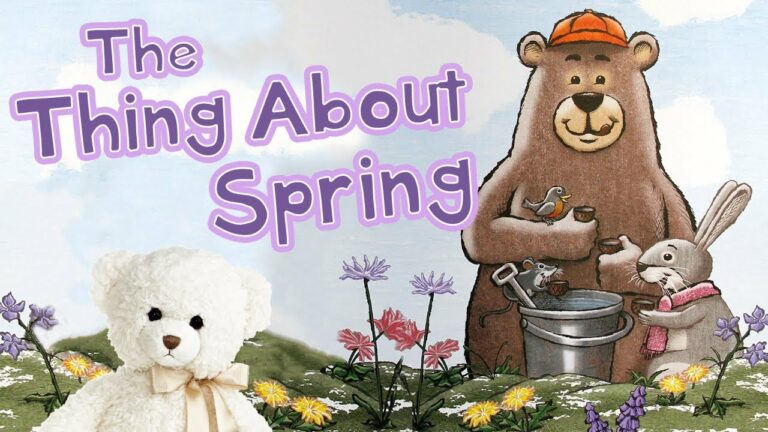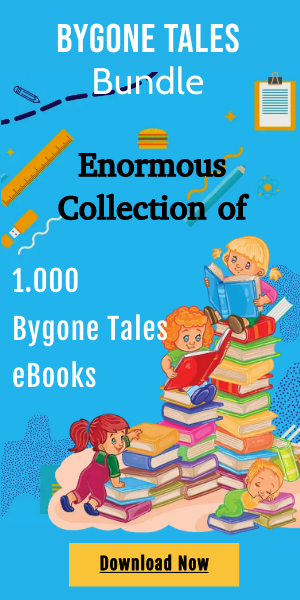As the saying goes, ‘April showers bring May flowers,’ and with the arrival of spring, it’s the perfect time to introduce preschoolers to the joys of reading. With a selection of both fiction and nonfiction books, children can learn about the wonders of the new season and foster their creativity and imagination. In this article, we will provide a curated list of preschool books that celebrate spring, along with healthy snack ideas to accompany your reading sessions.
Reading with preschoolers not only promotes early literacy skills but also helps to develop their cognitive abilities by exposing them to new vocabulary and concepts. Along with reading, incorporating healthy snacks can make the experience even more enjoyable and educational. We’ve gathered some delicious and nutritious snack ideas that will keep your little ones energized and focused during reading time. So let’s dive into our spring reading book list and snack ideas to make this season a fun and educational experience for your preschooler!
Preschool Nonfiction Books
Nonfiction spring books for preschool offer an exciting way to explore nature and learn through play. Books like Flowers, Hello Spring!, and The Reason for a Flower provide young readers with a rich understanding of the natural world while stimulating their imaginations through vibrant descriptions of the season’s blooms. Through these books, children can learn about the different types of flowers, their colors, and how they grow. They can also discover the important role that flowers play in the environment, supporting insects animals, and even humans.
In addition, nonfiction spring books for preschool can help children learn about the changing seasons and how they affect the world around them. By reading about the sights, sounds, and smells of spring, children can develop a deeper appreciation for the beauty and wonder of nature. These books can also inspire children to explore the outdoors and engage in hands-on activities, such as planting a garden or going on a nature walk. Overall, nonfiction spring books for preschool offer a fun and engaging way for children to learn about the natural world and the important role that they can play in protecting it.
Preschool Fiction Books
Fictional books suitable for preschoolers during the spring season include a variety of titles that promote imagination and creativity, such as Sorting Through Spring, Song of the Flowers, and Kittens Spring. Sorting Through Spring follows a young girl as she explores the changes that happen during springtime, from melting snow to blooming flowers. In Song of the Flowers, readers are transported to a magical garden where the flowers come alive and sing beautiful songs. Kittens Spring features adorable illustrations of kittens as they play and explore during the spring season.
Pairing these favorite preschool fiction books for spring with a spring sensory bin can enhance creative learning opportunities for young readers. A sensory bin filled with items such as grass, flowers, and toy animals can bring the stories to life and help children engage with the material in a more tactile way. By encouraging children to use their imagination and explore the world around them, these books and sensory bins can help promote a love of reading and learning that will last a lifetime.
Healthy Spring Snack Ideas
Promoting healthy eating habits is important for young children, and incorporating fresh and colorful fruits and vegetables into snack time can be a fun and delicious way to encourage healthy choices. Instead of reaching for processed snacks, try some healthy snack swaps such as sliced cucumbers, carrots, and bell peppers with hummus or Greek yogurt dip, or fresh fruit skewers with a side of vanilla yogurt for dipping.
In addition to these healthy snack swaps, there are also easy spring recipes that can be made with young children, such as strawberry yogurt popsicles, fruit salad with honey lime dressing, or a rainbow veggie tray with a variety of colorful vegetables. These recipes not only provide a fun activity for children to participate in but also promote healthy eating habits and introduce them to new and exciting flavors. By incorporating fresh and healthy snacks into snack time, young children can learn to make healthy choices and develop a love for nutritious foods.
FAQs
What are some additional benefits of pairing spring books with sensory bins for preschoolers?
Pairing sensory bins with spring books for preschoolers provides benefits such as engaging multiple senses, promoting literacy through play and exploration, and fostering creativity. It encourages hands-on learning and makes reading a fun and interactive experience.
What is the recommended age range for the books listed in the ‘Spring into Reading’ article?
The recommended age range for the book list featuring both nonfiction and fiction options on spring themes is preschool. Pairing books with snacks can foster positive associations with reading. Playful language and engaging visuals enhance the educational experience.
Are there any books in the article that feature diverse characters or perspectives?
Preschool literature that includes books with diverse characters and representation can have a positive impact on cultural awareness and multiculturalism through literature. It is important to seek out and include these types of books in any book list for young children.
Are there any books in the article that focus specifically on the science behind spring and how it affects the environment?
Science-based stories exploring spring ecology are not featured in the book list. However, Rachel Carson is mentioned in Spring After Spring, highlighting the importance of environmental conservation. This serves as a reminder of the intricate relationship between spring and the environment.
What are some additional resources or activities that parents or educators can use to supplement the reading experience with the books listed in the article?
Supplemental resources for the spring books include sensory bins, flower planting, and nature walks. Interactive activities include flower matching games, CVC word activities, and creating spring art projects. These activities enhance the reading experience and promote hands-on learning.





